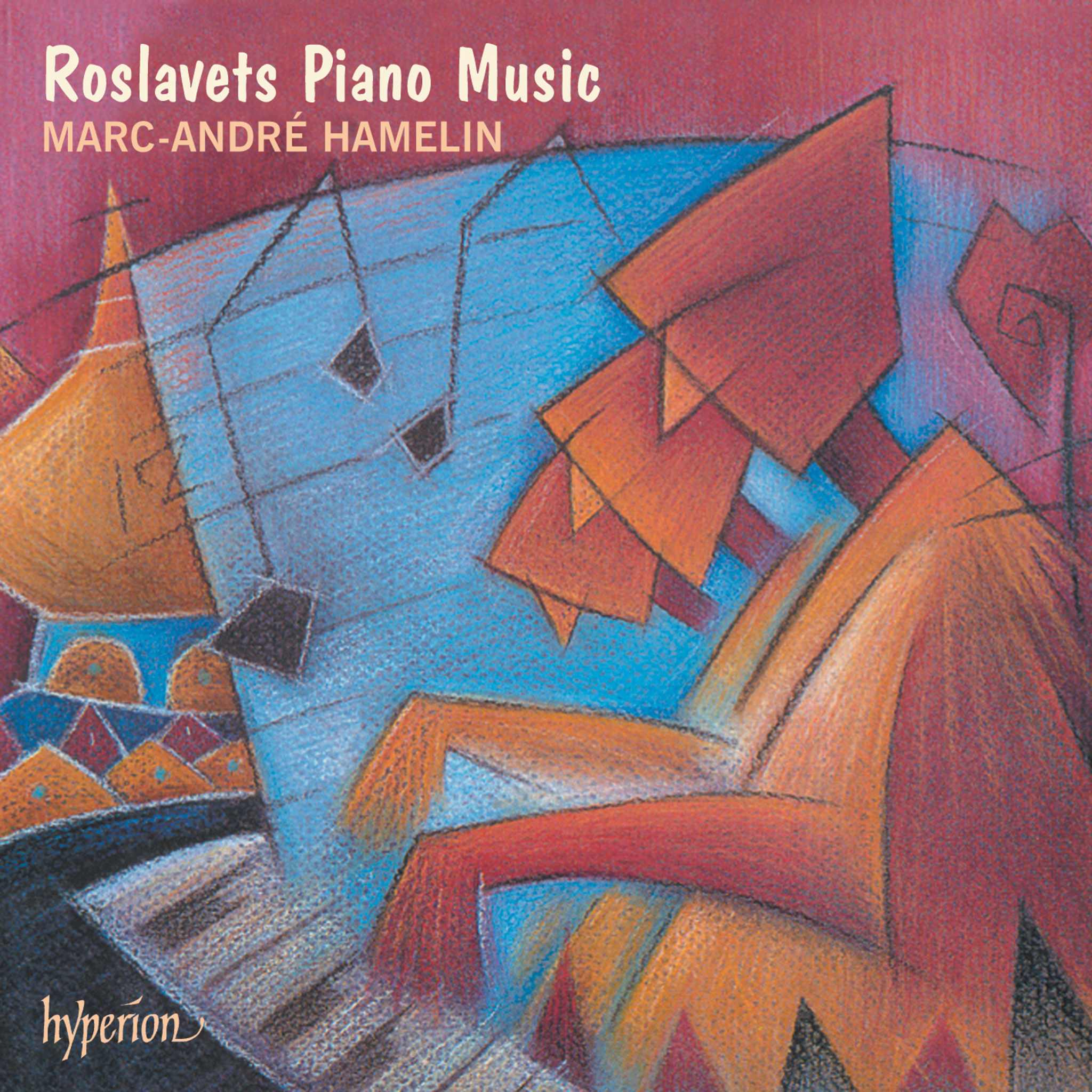Album insights
When English musician and writer Charles Burney visited Vienna in 1772, he was struck by the city's church music. The tradition of elaborate church music, accompanied by multiple instruments and several voices, had made a significant impact on Vienna's musical scene. This vibrant practice was continued by freelance musicians like Joseph Haydn, who juggled multiple church responsibilities, playing the violin for one service, the organ for another, and singing at yet another, all within a single Sunday morning. Haydn's early compositions often catered to these busy Sunday mornings, with some of his earliest works, like the Missa Brevis in F major, originating from this time.
Around 1750, Haydn inherited a tradition of figurative church music that dated back around 150 years. Originating in North Italy around 1600, composers like Giovanni Gabrieli reshaped church music by incorporating instruments as independent parts alongside vocal lines, supported by the Basso continuo. Although this ensemble evolved over time in Italy, the "church trio" configuration remained popular further north in Catholic lands, becoming a favorite among composers like Mozart and Haydn. Haydn's later works, such as the Missa Sancti Joannis de Deo, embraced this traditional ensemble setup and were crafted to maintain a sense of reverence within the church setting.
The landscape of Austrian church music underwent significant shifts through the decades. As the 18th century unfolded, musical life in Vienna grew more centered around concert halls and opera houses, reflecting the influences of Enlightenment rationalism. While Haydn, influenced by these changes, remained rooted in his religious beliefs and Freemasonry, he adapted his compositions to reflect the evolving standards of the time. Contrasting decrees from Empress Maria Theresia and Joseph II in the 18th century aimed to reform church music practices, altering the use of instruments in Mass settings. Despite these changes, composers like Haydn continued to innovate within the constraints of evolving church regulations, setting the stage for the transition of church music to a more concert-oriented form.
Haydn's later Mass compositions, culminating in the Harmoniemesse, marked a significant development in Austrian church music. Written in successive years for the feast of St. Maria Hermenegild, Haydn's Mass settings evolved structurally, departing from the traditional baroque format. The Harmoniemesse, distinguished by its prominent wind instrumentation, showcased Haydn's innovative structuring techniques, drawing inspiration from symphonic and instrumental concerto forms. By rearranging Mass sections into fewer, longer movements, Haydn broke away from the outdated cantata structure, introducing a fresh approach that influenced composers like Beethoven and Schubert in their later Mass compositions.
Through Haydn's late works like the Harmoniemesse, Austrian church music witnessed a profound transformation, embracing symphonic elements while retaining its sacred essence. Despite the reforms and challenges faced by composers like Haydn in navigating evolving church regulations, these works served as a bridge between traditional liturgical music and the burgeoning concert style prevalent in Vienna at the turn of the 19th century.






